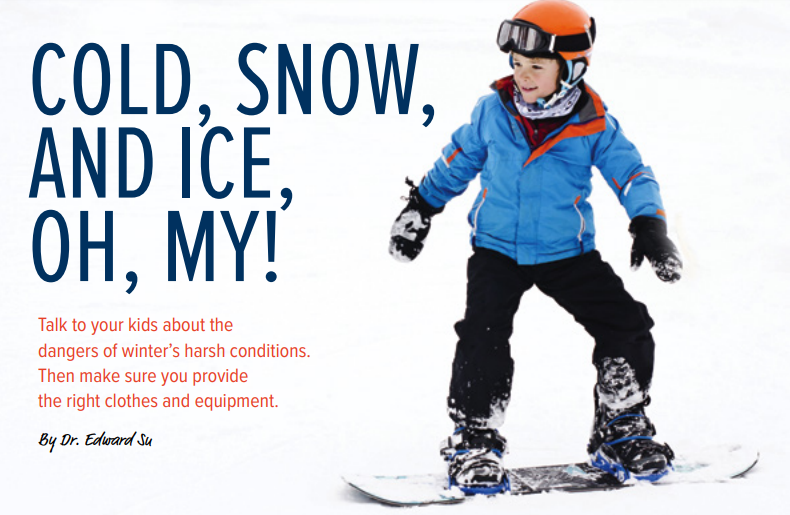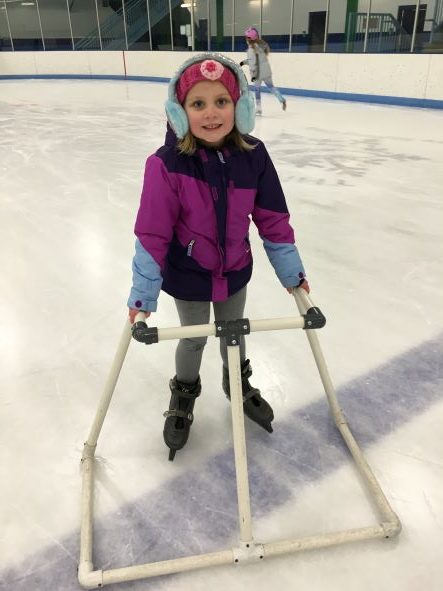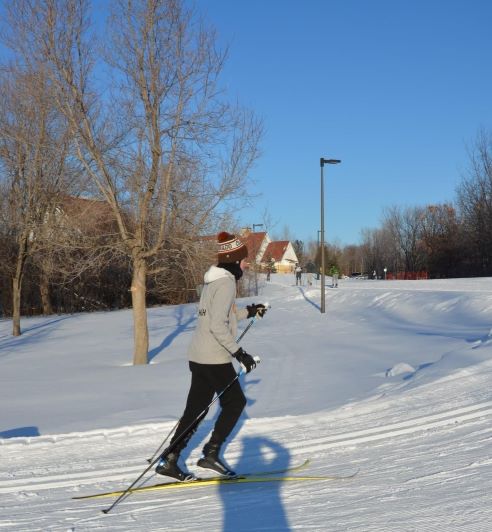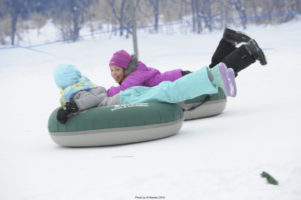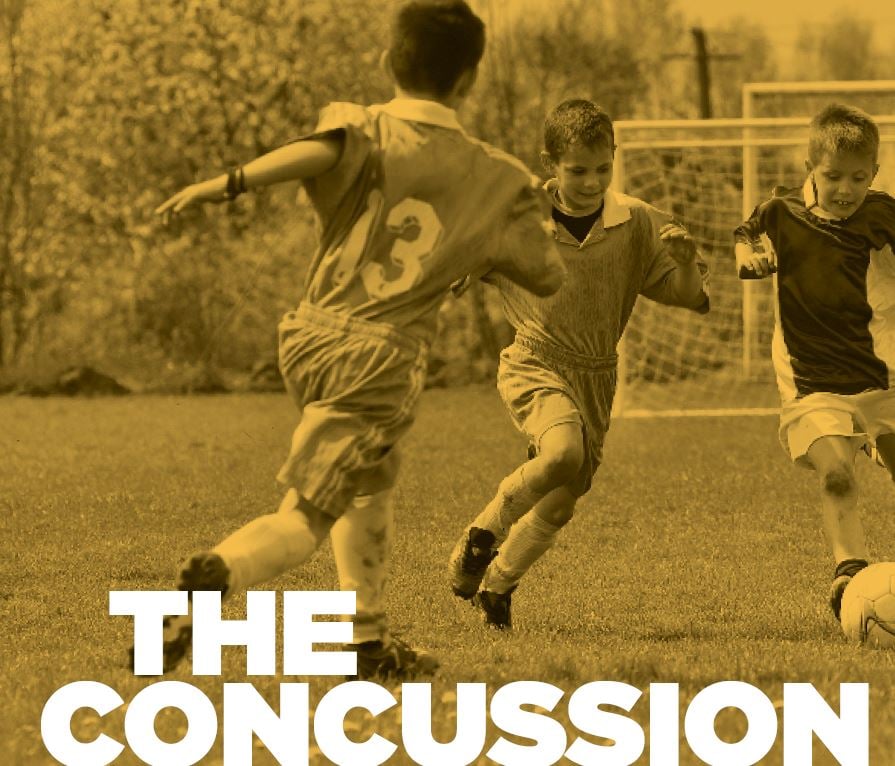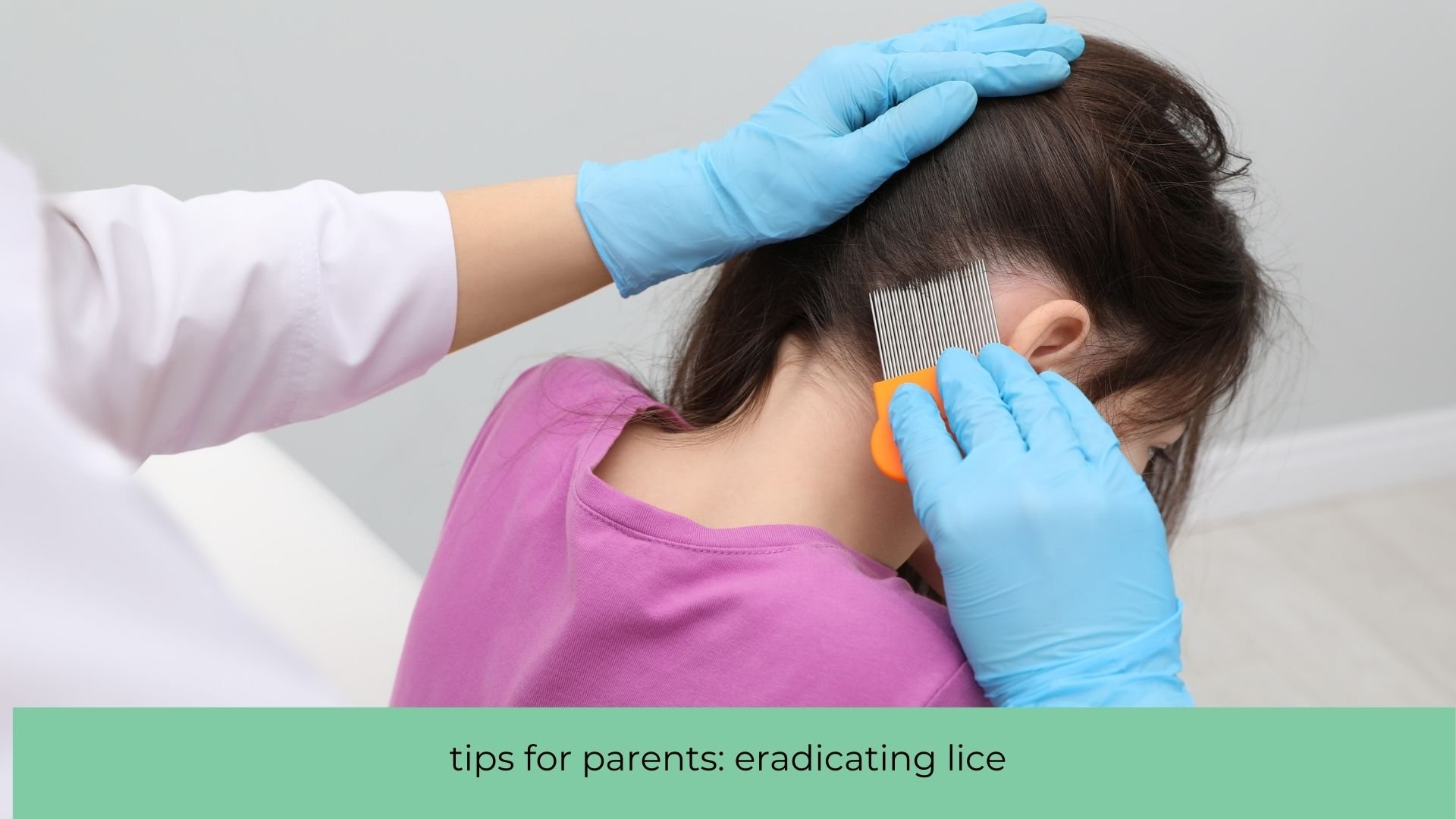There are few things as magical as experiencing falling snow through a child’s eyes — and Minnesota winters (usually) give us many opportunities to enjoy plenty of snowflakes.
And that’s a good thing: It’s important for families
to get outside and remain active during winter months. The more active kids are, the healthier they’ll be.
Winter safety can be tricky, however. Snow and ice invariably speed up the pace of our winter fun.
That’s why it’s a good idea to sit down with your family at the start of the season and review cold-weather safety rules. Here are some tips to help you keep your children safe this season:
Slips and falls
Ice is everywhere during our winters, and is responsible for an annual uptick in the number of fall-related injuries we treat. Dressing children in appropriate winter boots with treads and traction is your best preventative bet. Sneakers don’t typically have the slip-proof treads that boots do, and dress shoes have terrible traction.
Luckily, it’s easier to convince children to wear winter-safe shoes than it is to convince adults, especially if you choose bright, fun colors that appeal to kids.
Snowboarding
Snowboarding probably sends more children to our clinics than any other winter sport. Because this sport appeals more to older teens, they’re the most vulnerable to injury, especially when they attempt jumps and tricks in terrain parks. Daring moves like spins and flips appeal to teenage bravado, and definitely predispose young people to falling. The icier the conditions, the greater the risk.
It’s tough for parents to try to stop their children from snowboarding if that’s what they want to do. However, they can protect kids by insisting on helmets, wrist guards and safety education.
Skating
Hockey is immensely popular in Minnesota, and many young athletes skate all year. We see a lot of hockey injuries because this sport involves so much contact and physical interaction.
Some of the most common are trip-and-fall injuries and hand and wrist fractures that occur when hockey players slide and hit the boards at high speeds. Hockey players can’t wear wrist guards, but standard protective gear is a must. Outfit your young hockey players with helmets, gloves and hockey pads.
Snow banks
The mountains of snow churned up by snowplows look enticing to climb or tunnel into, but they can be dangerous. A misstep on an icy snow bank can result in a tumble, and every year we hear reports of children who tunneled into an unstable snow bank only to have it collapse, trapping them. It’s safer to build snow forts and snowmen in the backyard.
Skiing
My oldest child skis, and my 4-year-old wants to take lessons.
So far, they’ve avoided the most common injury I treat with this winter sport — skier’s thumb. It happens when a skier tries to buffer a fall with an open hand, and the thumb is hyperextended upon impact, tearing a ligament. This injury often requires surgery.
One way to prevent this injury is for children to make a conscious effort to close their hands into fists or grip ski poles tightly when they fall.
Sledding
As long as temperatures are moderate and children are warmly dressed, sledding can be great fun. Parents should scout the area where children plan to sled in advance. Steeper hills and faster speeds may increase the thrill for a child, but speed also increases injury risks.
From a safety perspective, gentle hills without obstacles are safer than steep hills dotted with trees.
Frostbite
The highest risk of frostbite is during temperatures that drop 20 degrees below zero.
How long children can safely remain outside in very cold weather depends on their clothing. Heavy mittens and hats, warm boots and winter gear maximize protection against exposure.
However, if you’re wearing only thin gloves, frostbite to the fingers can occur in less than 30 minutes. Wind chill will also considerably shorten the time to tissue damage.
Dress small children in appropriate gloves or mittens and winter outerwear, and keep them inside when it’s ridiculously cold. It’s also important to talk with your teens. They’re at higher risk during subzero temperatures because they have more freedom and sometimes aren’t conscious of the cold until tissue damage has been done.
I’ve seen teens lose fingers to frostbite, and that’s very sad.
Cold weather requires a bit of common-sense care and caution, but that’s no excuse to hibernate indoors as the mercury drops.
When your children are properly equipped for cold temperatures, they can safely enjoy all of the beauties of our winter wonderland as well as the healthful benefits of year-round activity.
Dr. Edward Su is a physician at Summit Orthopedics, which has 14 locations in the Twin Cities. For more information about winter safety go to tinyurl.com/summit-safety-winter.



